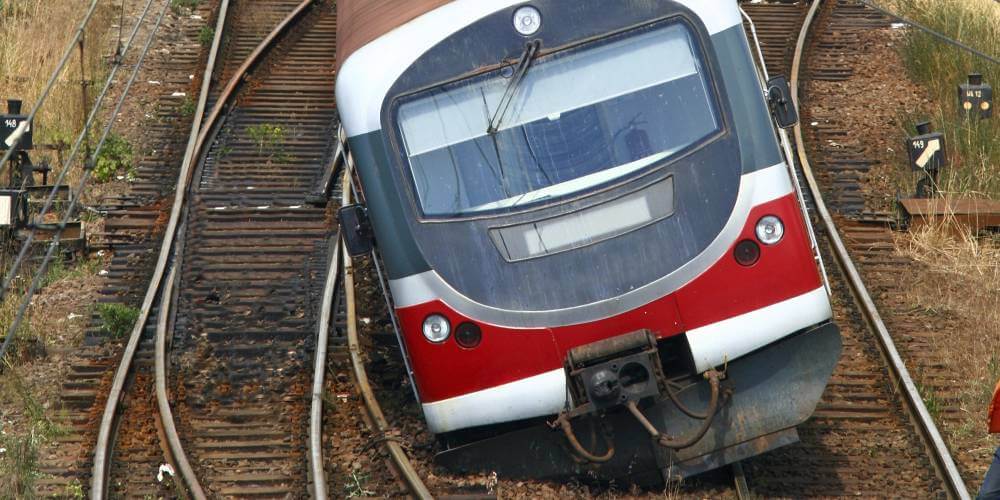The O’Hare Airport train accident remains a major story in the news, with new details and revelations emerging almost daily. The train’s operator did admit to dozing off just prior to the crash, but it seems clear that hers was not the only negligence responsible for the train accident.
And initial report by the National Transportation Safety Board revealed that an emergency stopping mechanism was placed too close to the end of the track to effectively stop the train. The Chicago Transit Authority has since moved the placements these mechanisms (called trips) on other tracks.
The CTA also instituted new safety policies, including reducing the speed limit of incoming trains from 25 miles per hour to 15 mph. The agency is also proposing new rules that would limit train operators with less than a year of experience to working no more than 32 hours per week.
One of the first and most controversial moves that the CTA made in the wake of the crash, however, was to fire the 25-year-old operator who dozed off before the accident. The president of the Amalgamated Transit Union Local 308 has argued that there was no reason to fire the woman right away, as she is on medical disability and would not be operating a train anyway.
Moreover, the union president said: “There were several things that didn’t work, and there was human error. But we’ve made a scapegoat out of one person and not anybody else or the procedures.’’ In other words, the CTA’s rash decision to fire the train operator seems to indicate that the agency will not take any responsibility for problems that led to the crash.
Thankfully, lawsuits that have been filed so far seek to hold the CTA liable. Negligence lawsuits have been filed by at least eight passengers so far. In all, approximately 32 passengers were hurt in the crash.
Motor vehicle and mass transit accidents nearly always contain some element of human error. But in this case as in others, human error alone may not provide a sufficient explanation of what went wrong.
Source: Chicago Sun-Times, “Blue Line crash cost $9.1 million in damage, NTSB says,” Rosalind Rossi, April 7, 2014

